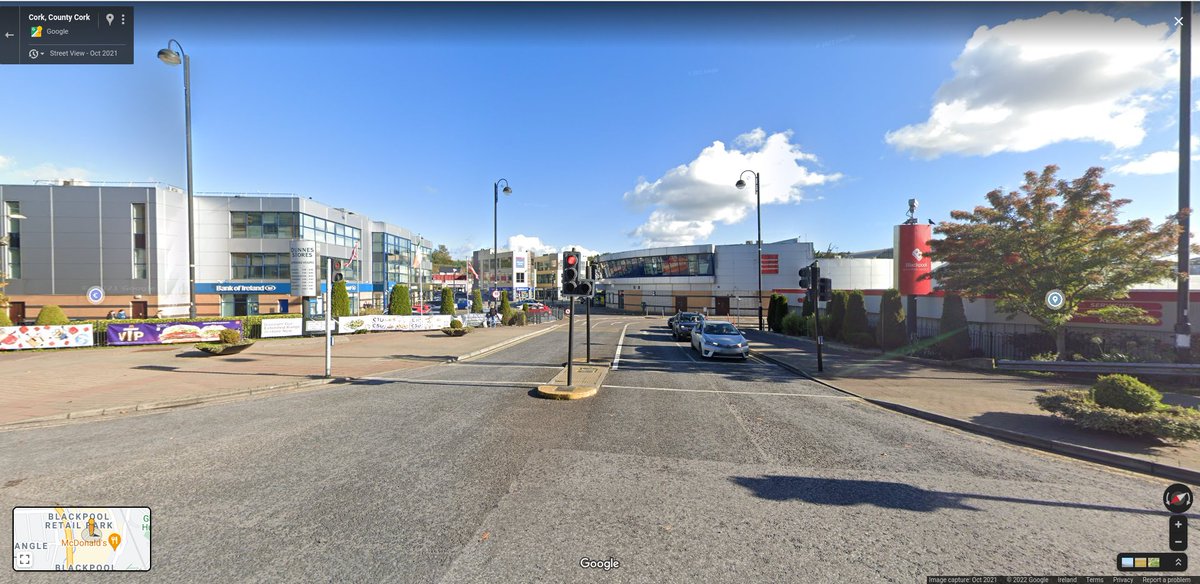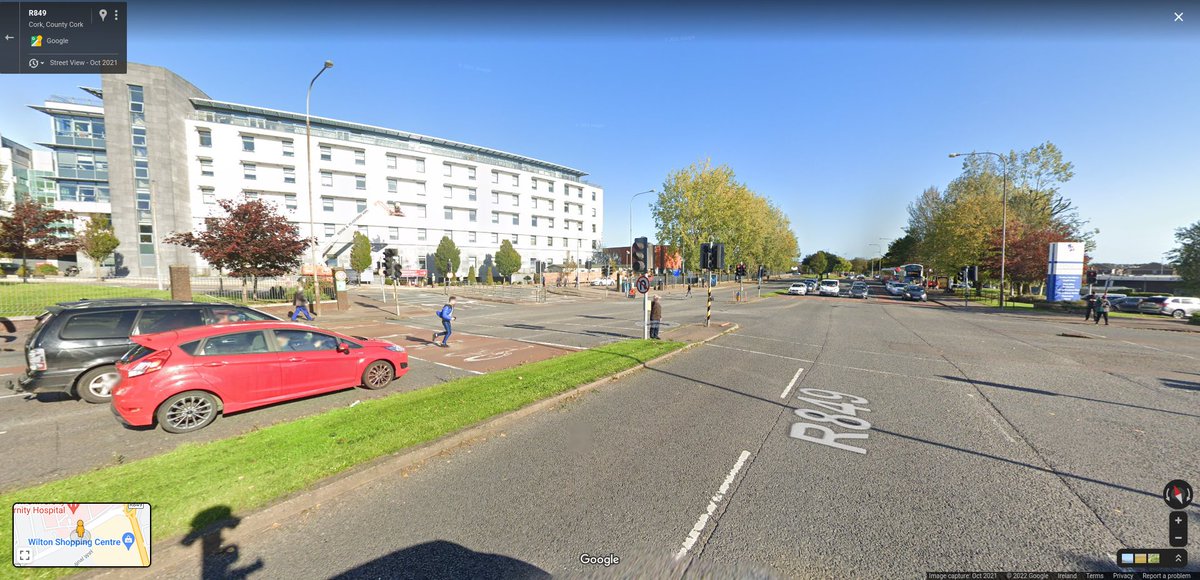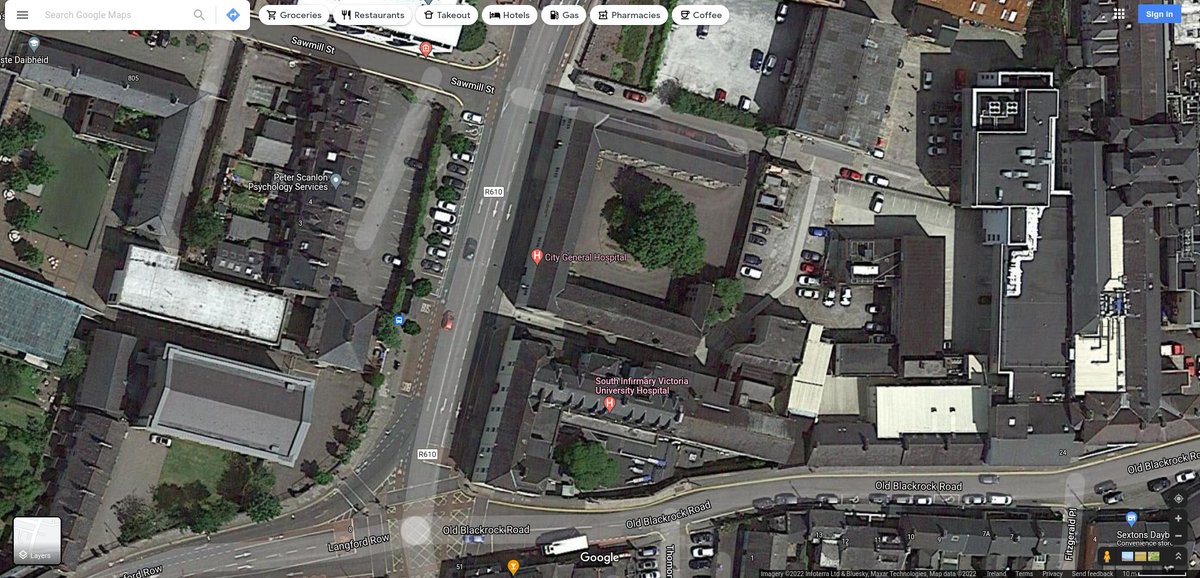
Robert Watt says 1.5 million people will be added to HSE waiting lists this year.
ONE POINT FIVE MILLION.
That is a 170% increase in patients waiting for care (currently around 900,000).
ONE POINT FIVE MILLION.
That is a 170% increase in patients waiting for care (currently around 900,000).
https://twitter.com/JackHoJo/status/1493898781670232065
If there is a total - 1.5 million new patients waiting - there must be a breakdown by specialty etc. The pandemic magnified pre-existing inequalities in many areas.
It would be reasonable to assume that CAMHS, psychiatry and other groups are disproportionately affected here.
It would be reasonable to assume that CAMHS, psychiatry and other groups are disproportionately affected here.
Waiting for detail on Robert Watt's statement that "1.5 million will be added to waiting lists this year". Each year of Covid-19 is adding 18%, or about 100,000 additional patients. That leaves 1.2 million...
https://twitter.com/rtenews/status/1493917321580228616?s=20&t=OYqJKNzJpFj7iXzLT_AQdA
“In 2022, it is estimated that over 1.5 million people will be added to the Waiting Lists. This reflects normal additions and an acceleration in presentations due to deferrals caused by Covid,” Watt will tell the committee.
thejournal.ie/hospital-waiti…
thejournal.ie/hospital-waiti…
• • •
Missing some Tweet in this thread? You can try to
force a refresh

























